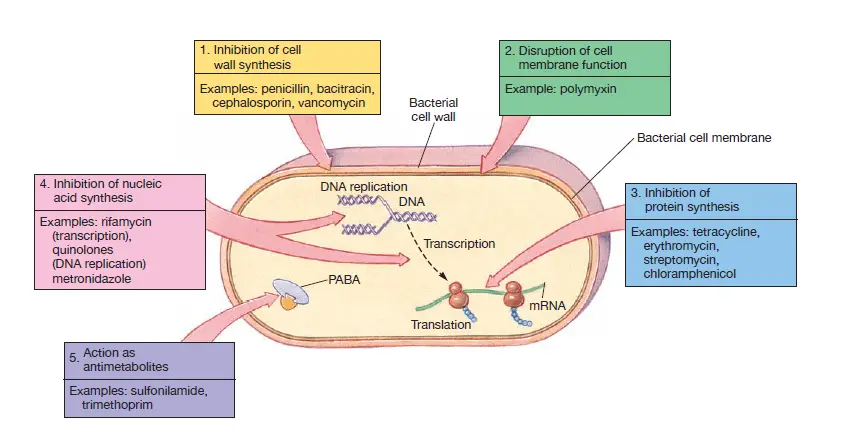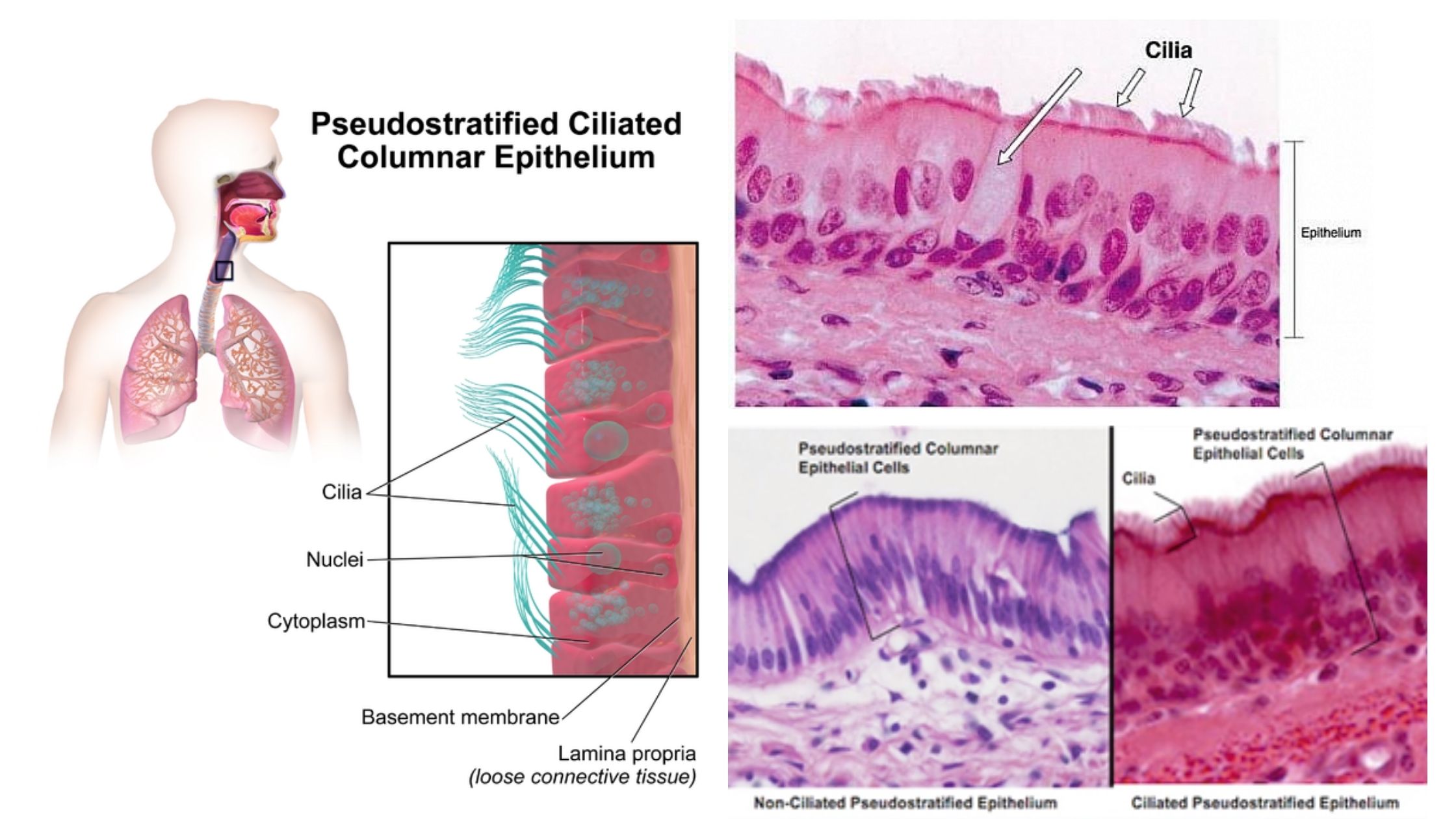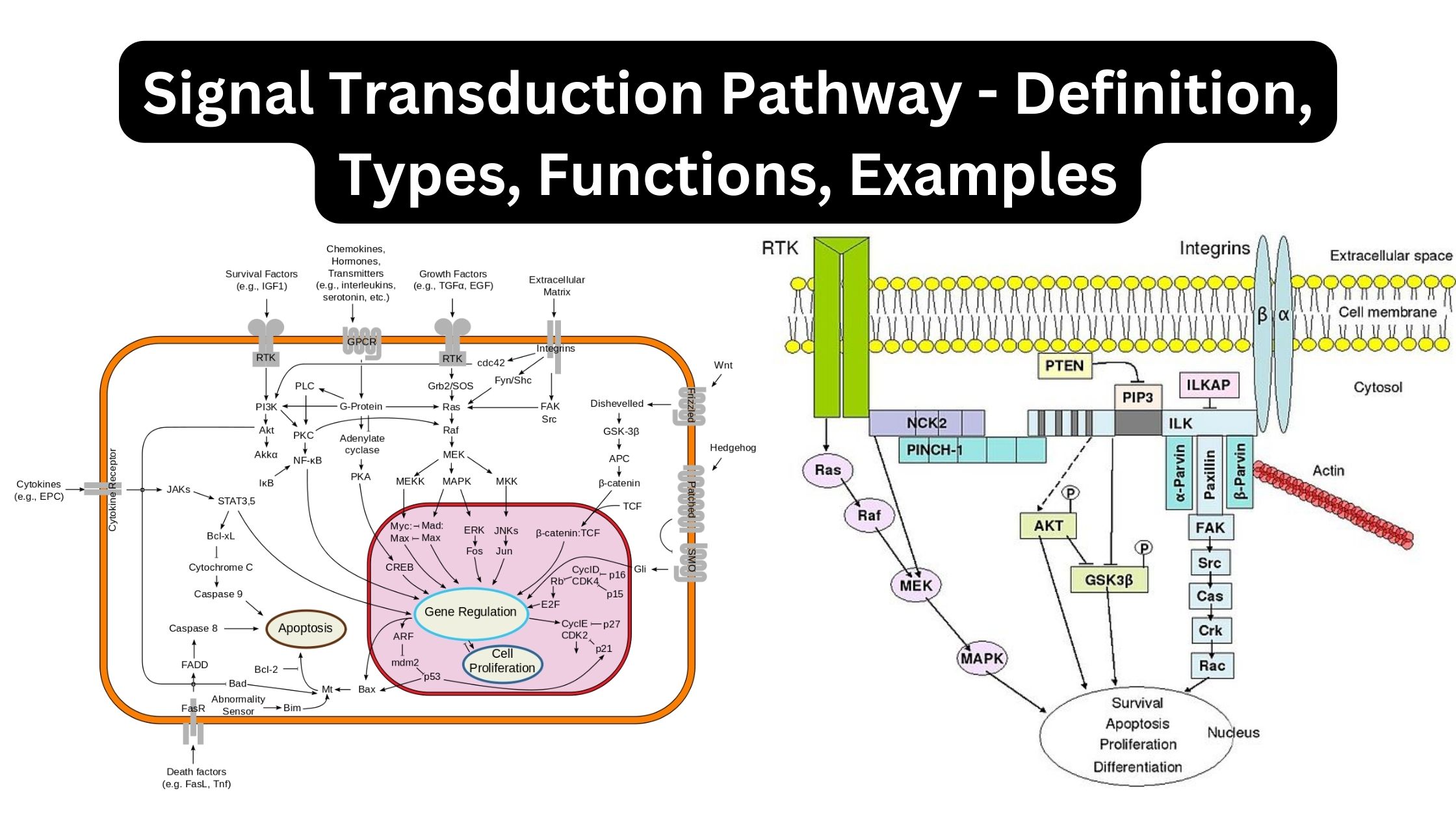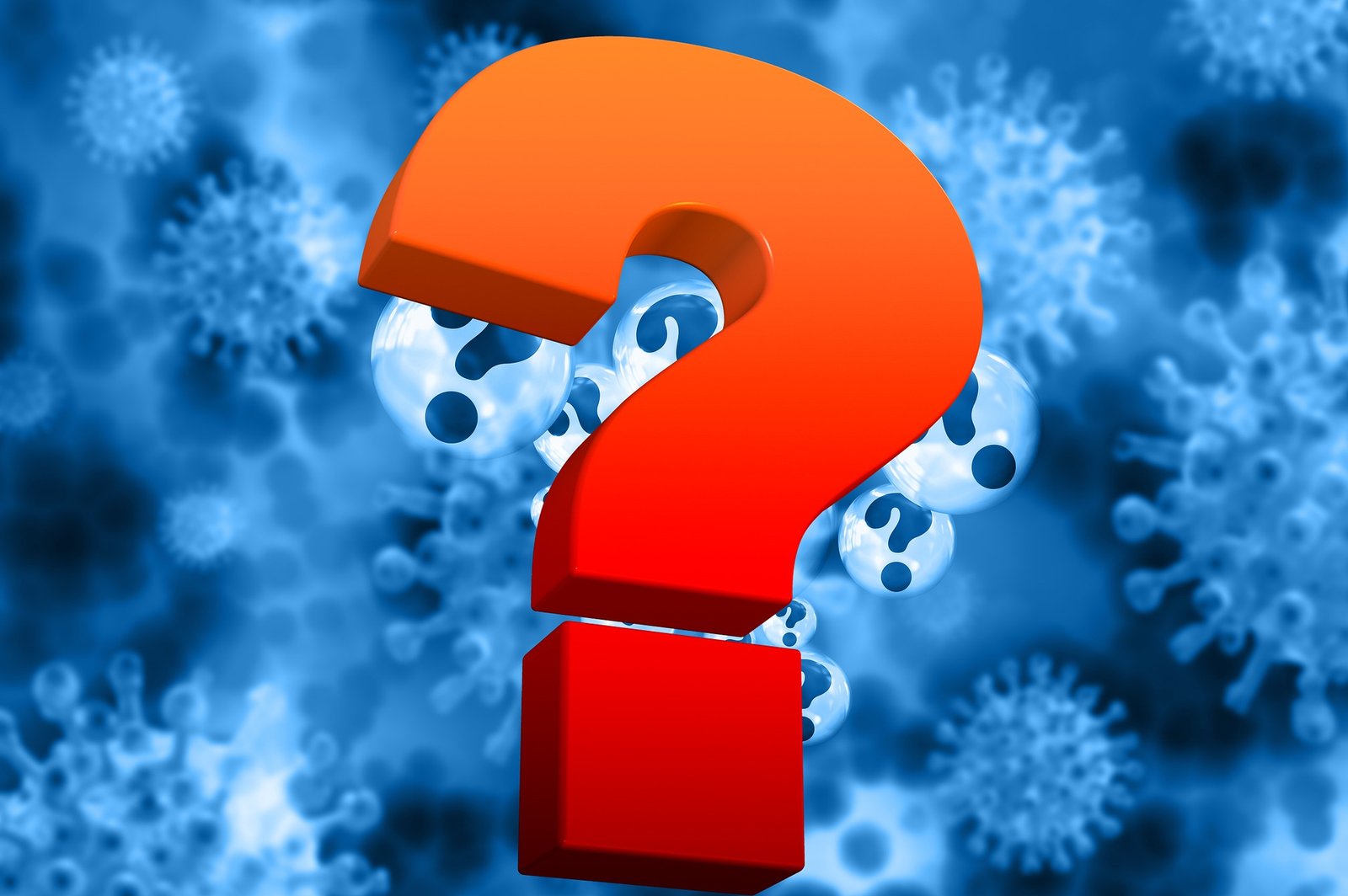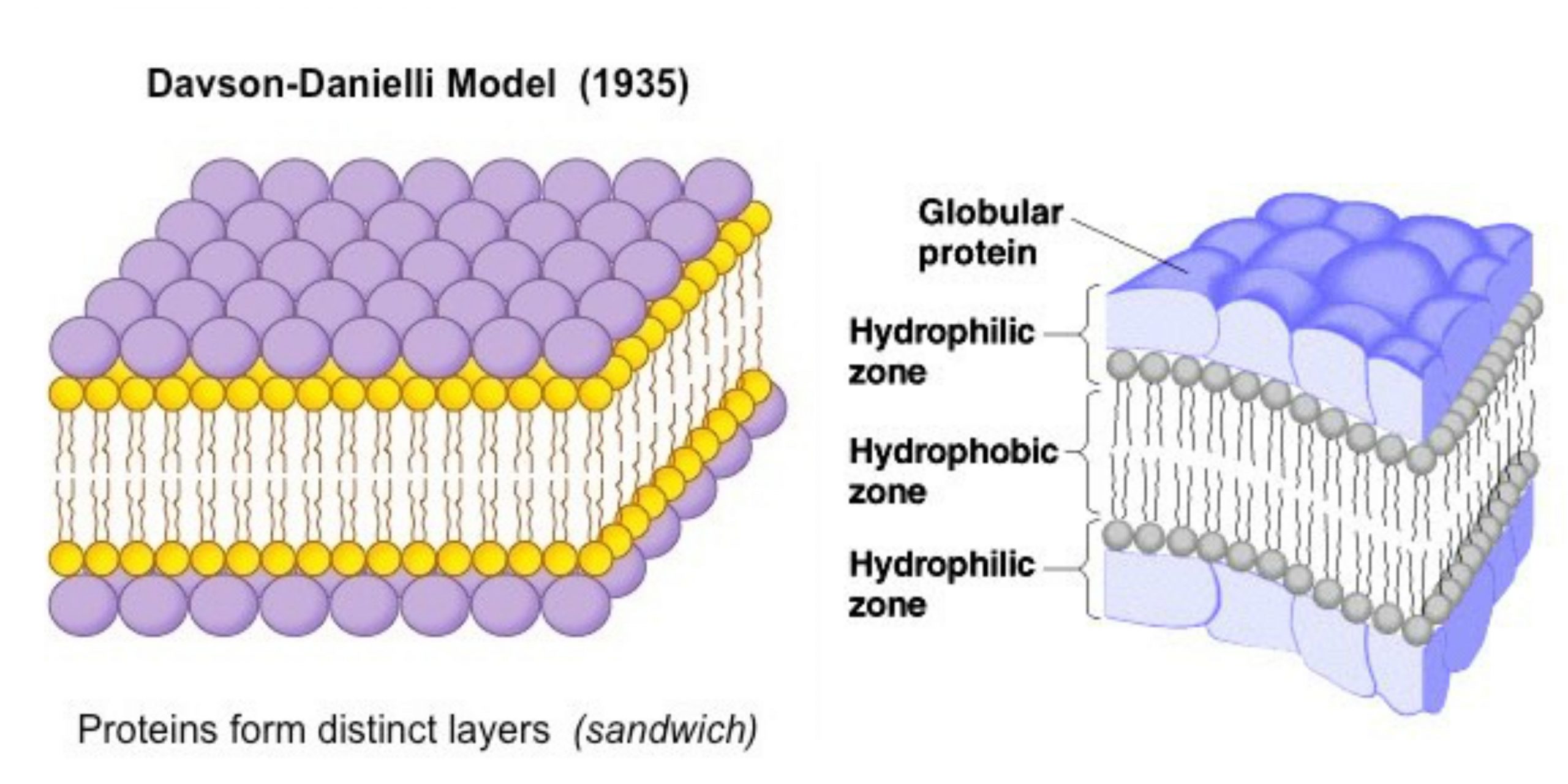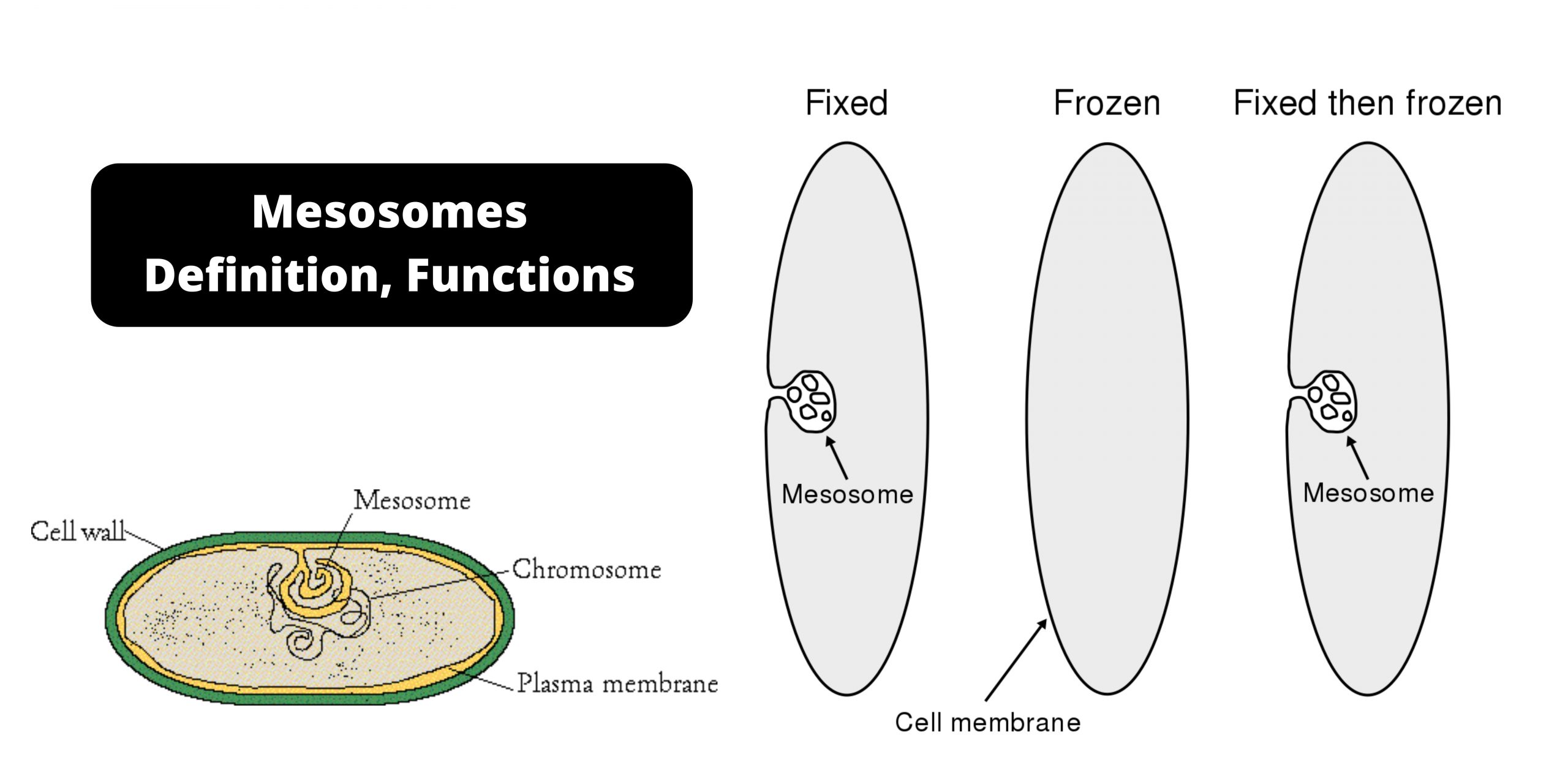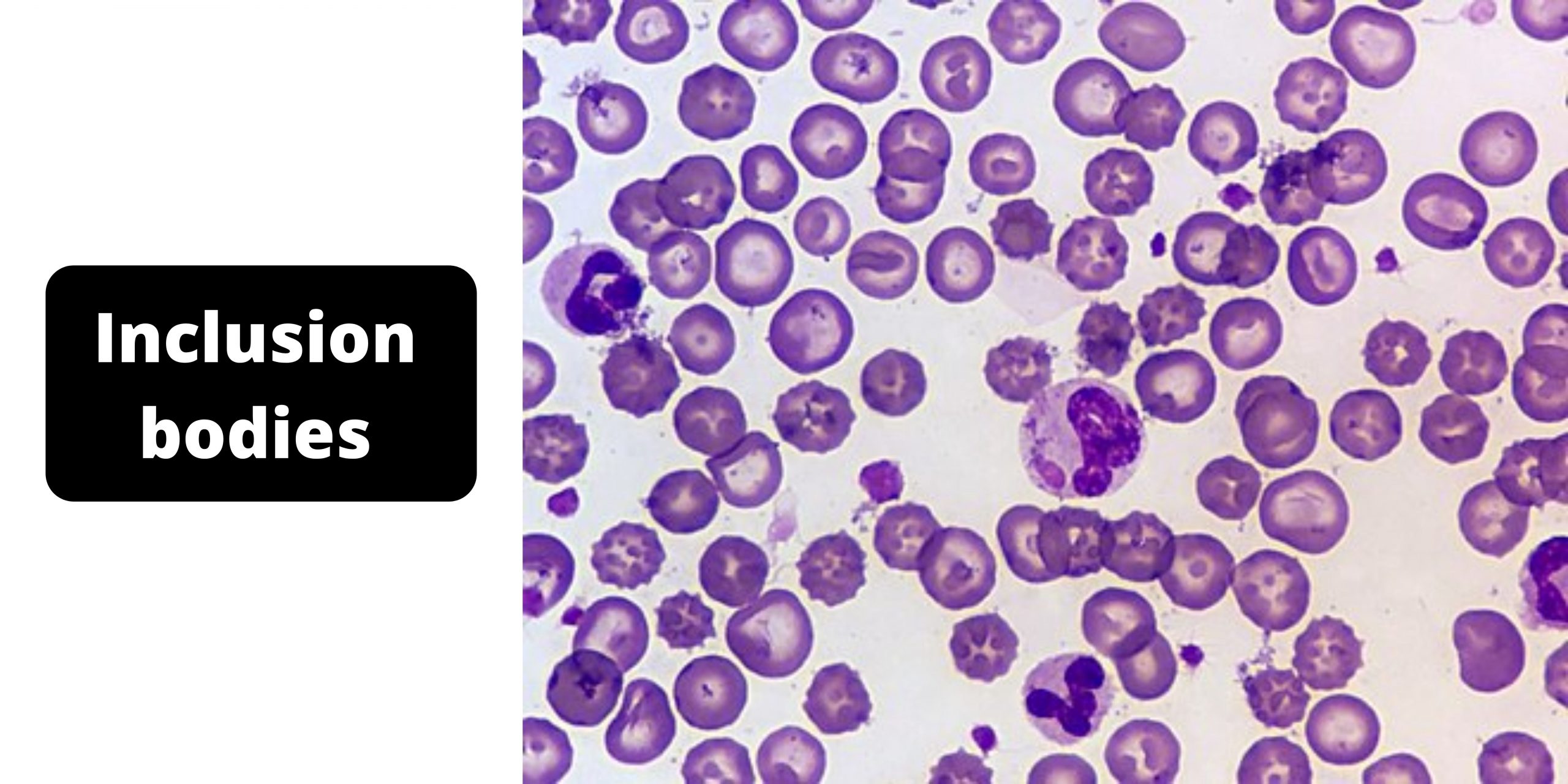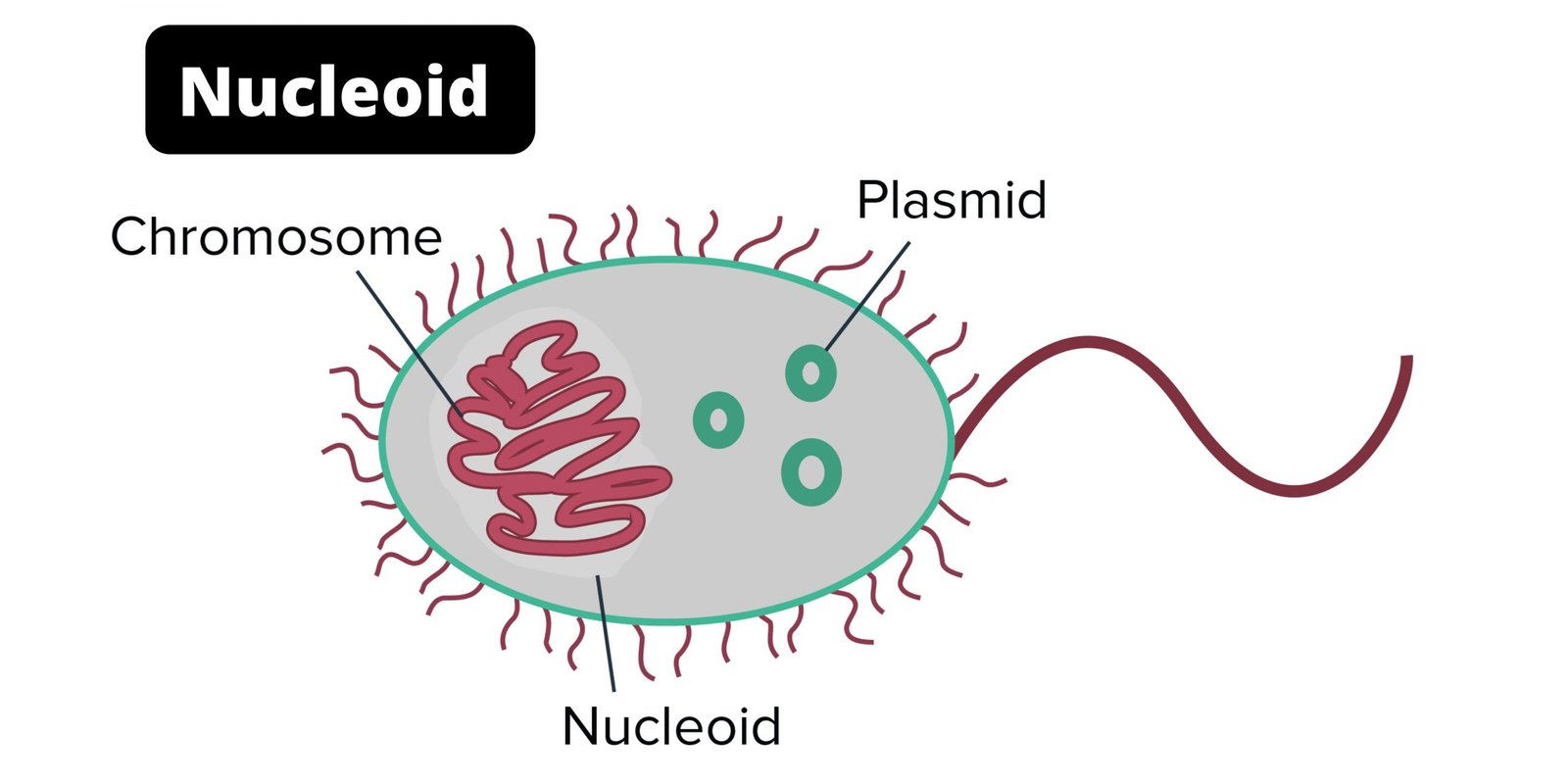Antimicrobial Agent and Chemotherapy
Definition of Antimicrobial Agent Antimicrobial agent refers to those chemical or physical agents which are used to kill microorganisms or prevent their growth. There are present several types of microorganism which are responsible for infection or disease in animal or human body such as fungi, bacteria, virus, etc. Similarly, there are present different types of … Read more
